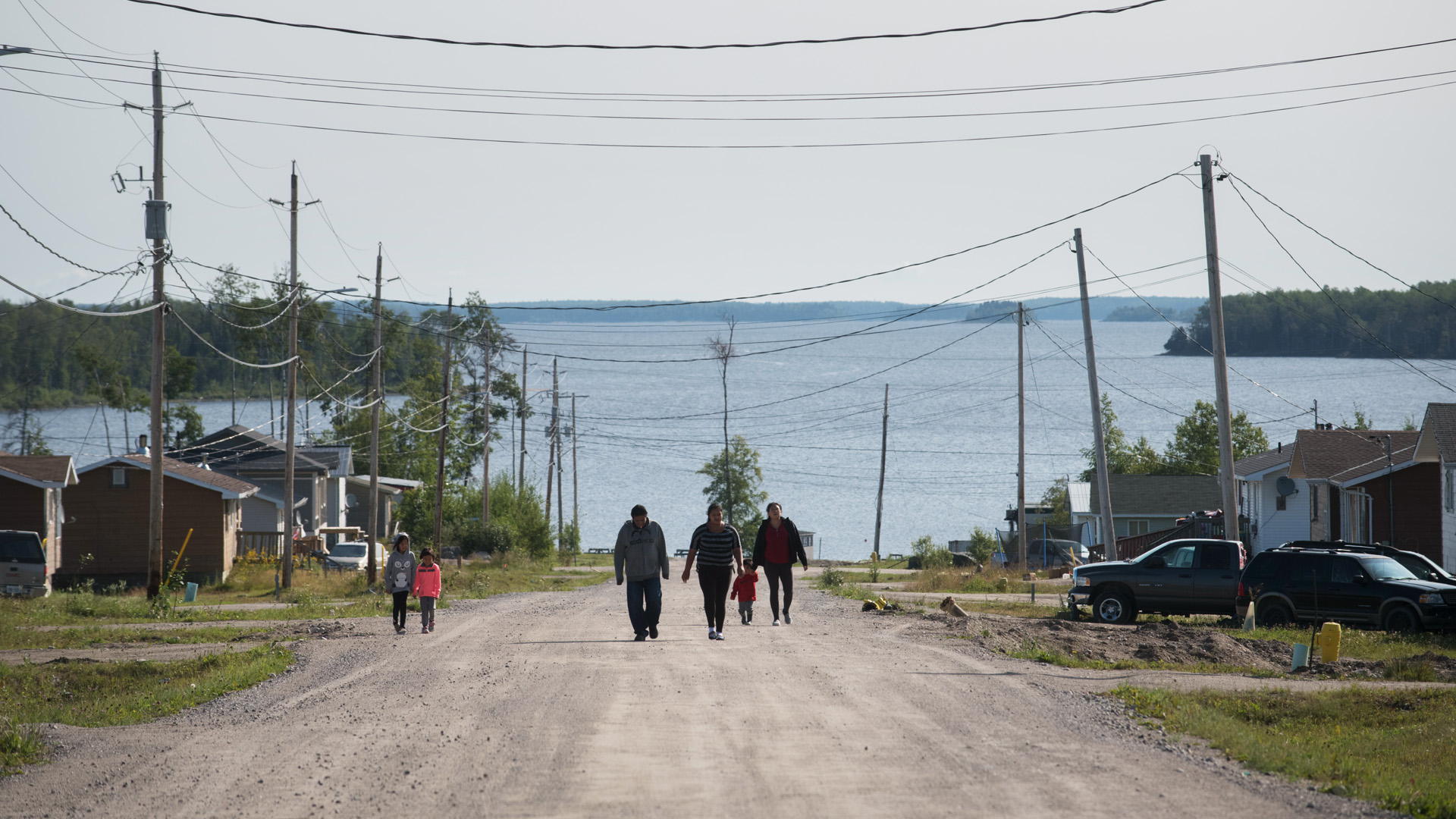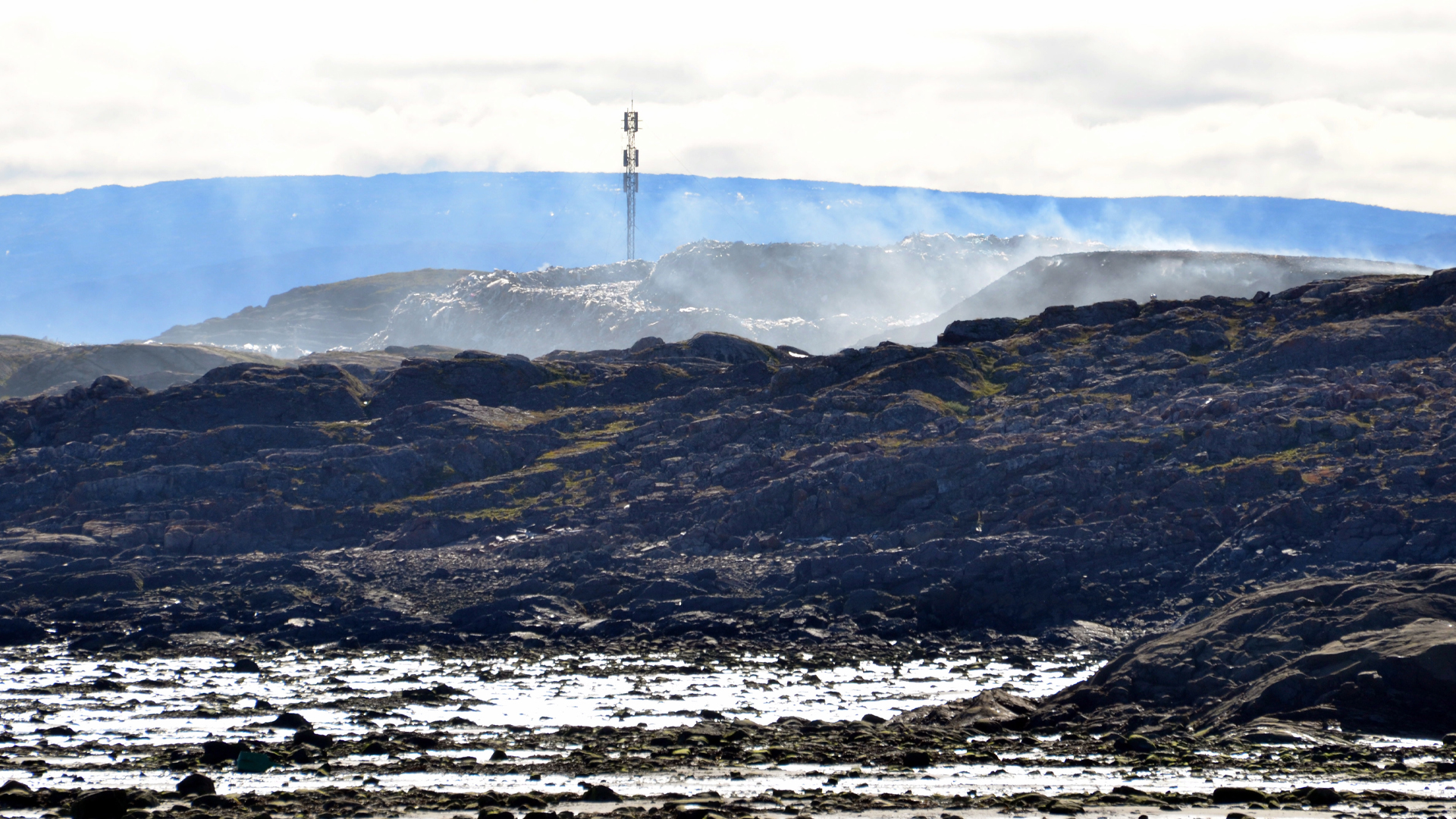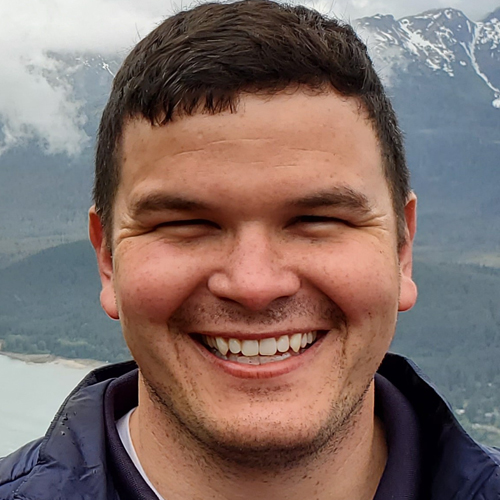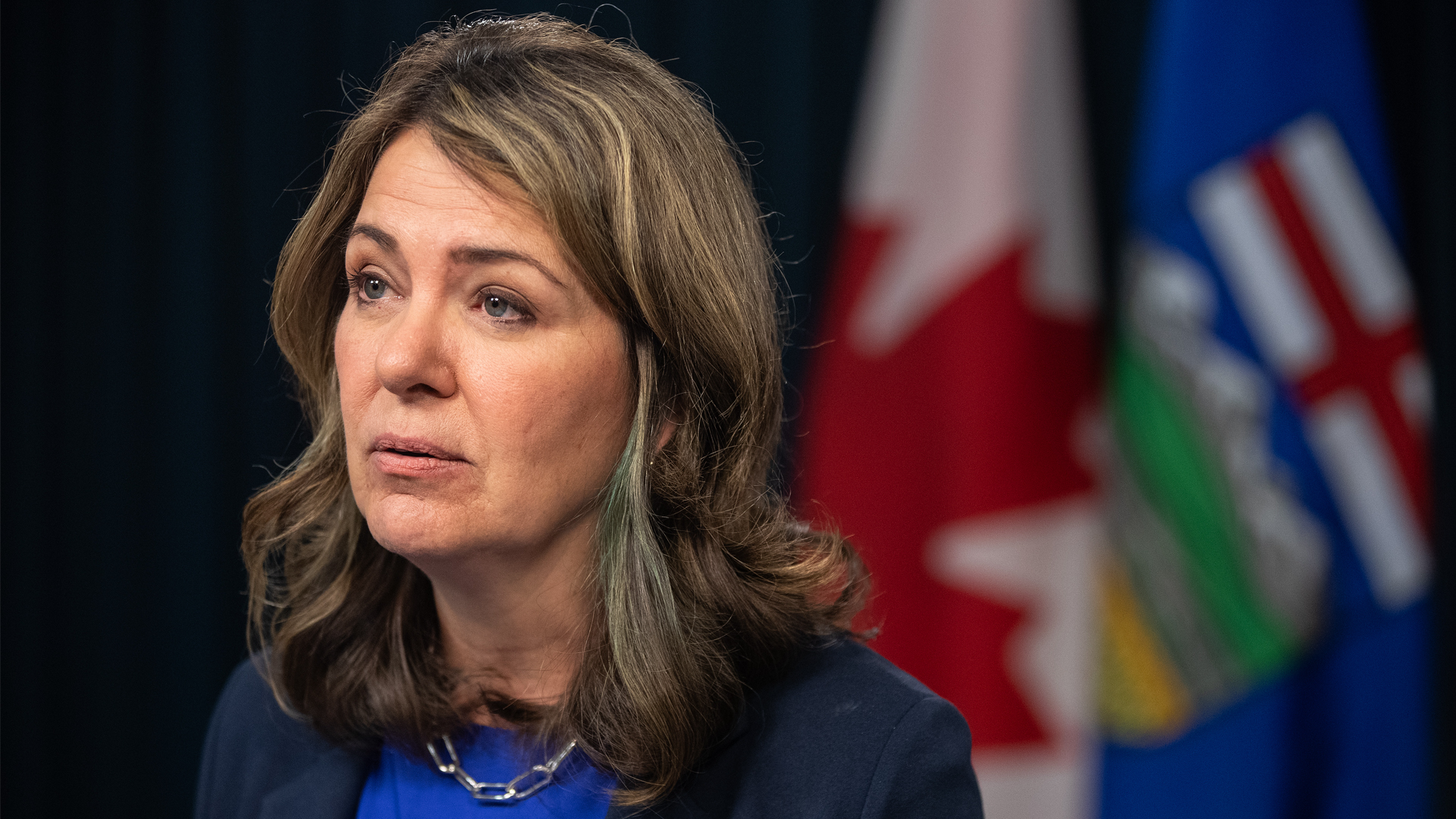
This spring, the pan-northern leaders’ statement on climate change highlighted that increased funding for emergency management must be a key part of climate change response in the North. We couldn’t agree more.
Over the last few years, we’ve been working with community first responders on the Kitikmeot Search and Rescue (SAR) project. While focused on improving SAR operations in the region, we also heard a great deal about broader emergency-management and community-safety concerns, including the risks posed by building fires, prolonged power outages and other critical infrastructure failures. In particular, first responders flagged the broad spectrum of natural and human-made hazards created or exacerbated by climate change: tundra fires; unpredictable ice conditions; severe weather events; flooding; and issues raised by increased outside human activity, including environmental pollution and the prospect of a major marine disaster.
Across Inuit Nunangat – the Inuit homeland that stretches across the North from Yukon to Labrador – the risks posed by these hazards are amplified by the limited emergency-management infrastructure and capabilities available to most communities. In addition, more so than any other jurisdiction in the country, the region lacks access to rapid external assistance from territorial/provincial, regional and federal agencies.
Whether conducting a SAR operation or dealing with a loss of power in the dead of winter, communities must be prepared to go it alone for extended periods. This puts considerable pressure on a small pool of volunteer responders and on local leadership, who often fulfil their emergency-management responsibilities off the side of their desks with little guidance or training.
The response to these challenges requires whole-of-government and whole-of-society approaches, but it must start at the local level. Resilience is built from the ground up, after all. A good place to begin would be the establishment of an Inuit Nunangat community public safety officer (CPSO) program.
An Inuit Nunangat CPSO program would provide all communities with two or more full-time public safety officers responsible for SAR, all-hazards emergency management, fire prevention, land and marine safety, and emergency medical services, if required. Such a program would build off the traditional local knowledge (Inuit Qaujimajatuqangit), existing skills and the community relationships of the officers, while providing space for the development of new capabilities. A tailor-made training program or academy would ensure that the officers have shared competencies and skillsets.
While specific roles for community public safety officers will need to be co-developed with all interested parties, the following are a few of the tasks that would keep them very busy year-round.
On the SAR side, CPSOs could lead prevention, training and preparation, administration, response and after-action activities, alleviating some of the burden on volunteer community SAR co-ordinators and responders, and strengthening the safety net that Inuit need to move, live and work safely on the land, water and ice. With the number of SAR cases increasing across much of Inuit Nunangat, these services will become only more important moving forward.
Officers could also be engaged in every part of the emergency-management continuum – prevention and mitigation, preparedness, response and recovery. They could facilitate a whole-of-community approach to emergency planning, ensuring that plans are living documents that reflect local realities, are updated regularly and are tested through exercises – rather than generic forms collecting dust in a filing cabinet.
Officers could also perform hazard, risk and vulnerability assessments, map out local resources and assets that could be mobilized during a crisis, prepare evacuation procedures and organize localized training to increase community capacity. During emergencies and disasters, officers could direct the response – their efforts aided by their knowledge of who is most vulnerable, where support and assistance might be required, and how to work with outside organizations. If one of the increasing number of vessels plying the Northwest Passage runs into trouble and its passengers must be evacuated to a community, the CPSOs could mobilize and co-ordinate shoreside operations, which are always complex and demanding.
Marine safety, fire prevention and emergency medical services would be important day-to-day roles. The CPSOs could work with fire-marshal offices, other government agencies and volunteer fire departments to promote fire safety, while providing instruction on safe and responsible boating practices. Officers could also work with the existing volunteer ambulance services in communities to provide immediate care during emergency medical calls and to transport critically ill patients.
Through all these activities, CPSOs would be a central point of contact between their communities and outside agencies, facilitating the relationship-building that is absolutely vital during emergencies and disasters. Given its broad safety focus, a CPSO program would break down the silos of responsibility that currently exist across the agencies responsible for community safety and security in the North, and would foster a more holistic and co-operative approach.
CPSOs could be located in community resilience hubs – multi-purpose buildings that could function as centres for community safety activities, ranging from serving as emergency operations centres to storing the equipment of ground SAR teams, Coast Guard Auxiliary units, Canadian Ranger patrols and other community organizations, and to providing a safe space for vulnerable community members during emergency events.
Possible models exist: the public safety officers in place in many Cree communities of the Eeyou Istchee territory, which is mostly in northern Quebec; the public safety and fire prevention technician positions that currently exist under the Kativik civil security department in Nunavik; the village public safety officer program in Alaska that has inspired similar approaches in Yukon and the Northwest Territories (although we do not believe that CPSOs in Inuit Nunangat should take on the law-enforcement/crime-prevention components built into these programs because they would be busy enough with their safety, SAR and emergency-management roles). An Inuit Nunangat CPSO program could take best practices and lessons learned from these models to create a strong foundation from the start – and, in time, perhaps offer a framework for other regions in the North.
Apologies and promises are not enough to end TB in the North
An Armed Forces Indigenous community assistance program would pay off
The benefits of a CPSO program would extend from the local to the federal level. These officers would make invaluable contributions to the safety of their communities. They would also facilitate the kind of whole-of-society emergency management envisioned by the Arctic and Northern Policy Framework (ANPF) – capabilities that are key to the exercise and expression of Canada’s sovereignty.
Critics will no doubt highlight the cost of such a government-funded program, but imagine the savings these officers would generate if they could prevent even a few SAR cases requiring an aerial response from the South, or reduce the number of building fires in the region, to say nothing of the lives they might save.
The federal government has shown its willingness to invest in innovative programming such as the Inuit Guardians Initiative, which allows communities to exercise their rights and protect their lands and people, while creating new jobs. An Inuit Nunangat CPSO program would be a similarly novel and equitable solution to the unique emergency-management challenges facing the region, providing protection for the communities and answering repeated Inuit calls for greater response training and resources. It would be a great way to implement many of the safety commitments in the ANPF, the disaster-resilience component of the national adaptation strategy, and the new Inuit Nunangat Policy’s commitment to develop innovative approaches that “support community and individual wellbeing throughout [the region].”
The time has come for the creation of an Inuit Nunangat community public safety officer program. The risks are increasing. Strengthening community safety is a central priority for all the key policies and programs envisioned for the region. We believe there would be no shortage of recruits. As one community responder explained to us: “I’ve been a volunteer firefighter, a member of the [Coast Guard] Auxiliary, volunteer ambulance, and I go out on a lot of searches. If this kind of job existed, I’d apply for it in a heartbeat.” Let’s give him the chance.
The authors thank Amber Eleehetook, an active member and former chairperson of the Gjoa Haven search and rescue committee in Nunavut, for offering feedback on an earlier draft of this article.











